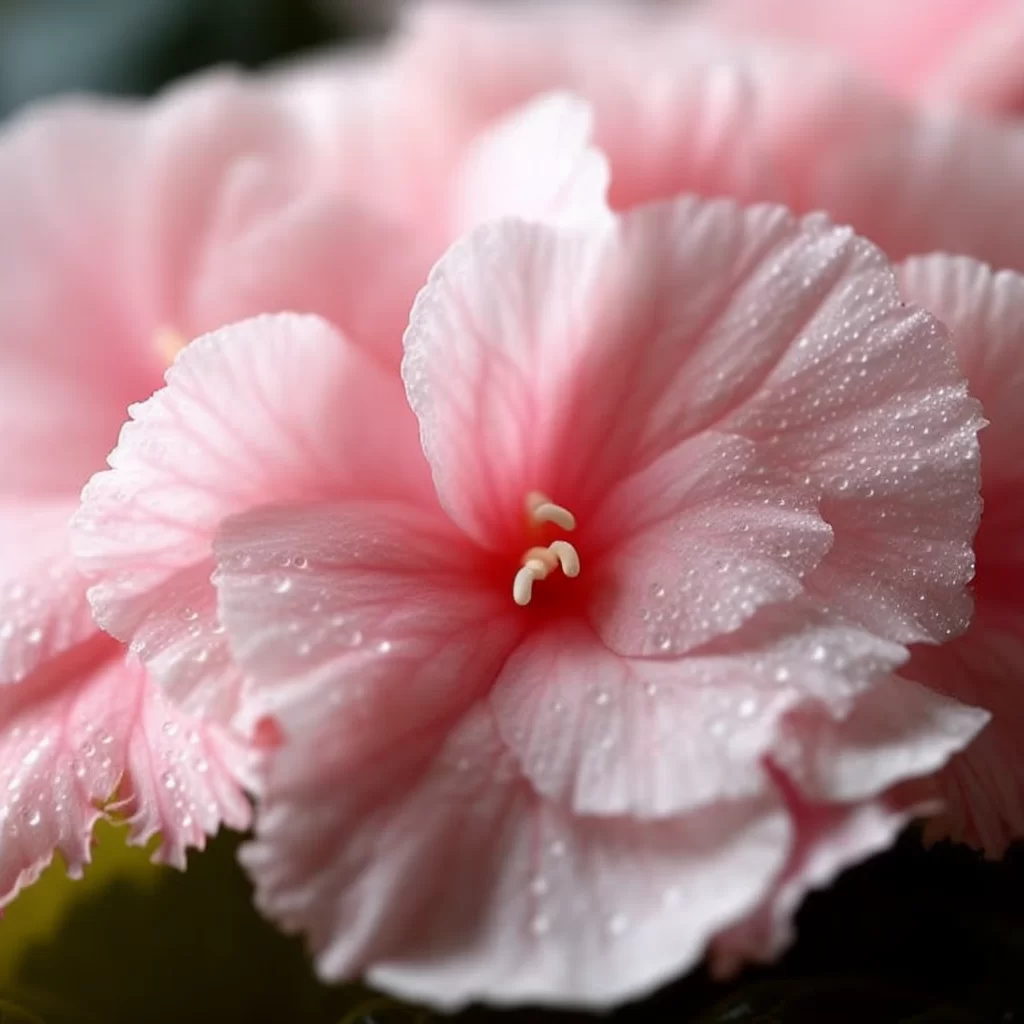Story of Day :
Contents
The Pink Begonia Plant: A Complete Guide and Care Tips
If you’re looking for a plant that adds a pop of color to your garden, the pink begonia plant is a great choice.
With its vibrant pink flowers and lush green foliage, it’s sure to catch anyone’s attention.
But how do you care for this beautiful plant? In this guide, we’ll take you through everything you need to know about growing and caring for pink begonias.
What is a Pink Begonia Plant?
The begonia plant belongs to the family of flowering plants called Begoniaceae.
They come in many different colors such as red, white, yellow but the pink ones are particularly popular because of their bright coloration.
How to Grow Pink Begonias
Growing pink begonias can be done either from seed or from cuttings.
However, if you want faster results then it is better grown from cuttings that are taken during spring or summer when there’s enough moisture in the environment.
Follow these steps:
- Choose a healthy parent plant with no visible signs of disease or pests.
- Cut off 3-5 inches stem using sterilized clippers.
- Dip in rooting hormone powder before planting in well-draining soil mix containing peat moss or perlite.
- Maintain uniform moisture levels by watering them weekly but avoid overwatering as it may lead to root rotting..

Pink Begonias Care Tips
Sunlight Requirements:
Begonias prefer partial shade at least 4 hours of sunlight per day but exposure beyond 6 hours might damage leaves leaving them with burnt patches.
Soil:
Begonias prefer soil that is well-draining, rich in organic matter and slightly acidic with a pH of 6 to 6.5.
Watering:
Begonias require frequent watering during the growing season but take caution not to overwater them as this may lead to root rotting which can be fatal for the plant.

Fertilizer:
During the growing season, fertilize begonia plants using a balanced fertilizer once every two weeks.
Avoid fertilizing during winter months when growth slows down.
Pests and Diseases
Like any other plant, begonias are prone to pests and diseases that if not managed properly can cause damage or even kill your plants.
Here are some common issues you need to keep an eye on:
- Mites: Tiny mites cause stippling on leaves leaving yellowish patches behind.
- Caterpillars: Caterpillars feed on foliage leading to holes forming on leaves
- Powdery mildew: A fungal disease causing white powdery substance forming on leaves reducing photosynthesis capacity which leads to stunted growth or death of plants in severe cases..
- Rusts: Rusts show up as reddish-brown spots underneath the leaves caused by fungal infection affecting overall plant health if left untreated.
In Conclusion

Growing pink begonia plants is an excellent choice for gardeners who want vibrant colors in their gardens without too much effort.
By following these tips, you can grow healthy, happy pink begonias that will brighten up your garden for years to come.